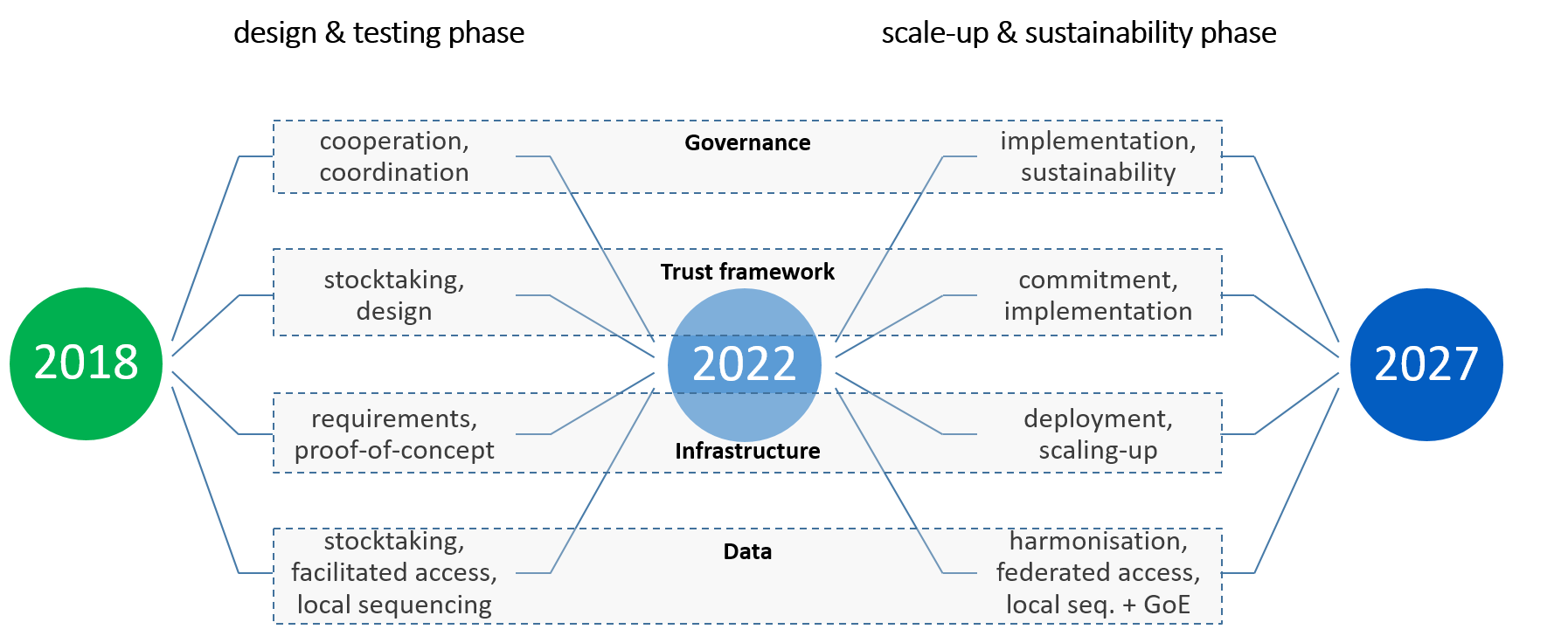In light of the digital revolution and technological advancement that have affected different aspects of our lives and reduced cash transactions worldwide, central banks are considering the possibility of using Central Bank Digital Currencies (CBDCs). These currencies are different than others because they are central currencies fully controlled by the central bank.

While other nations are still studying the pros and cons of digital currencies, China has decided to be the first country to launch its own digital currency and gain a leadership position in this field. China has announced its intention to launch a digital currency and design a Digital Currency Electronic Payment (DCEP) to protect its capital from illegal cash flows generated by global modern payment methods, in addition to increasing the flow of the Yuan to become a global currency like the US dollar.
The DCEP adopts blockchain technology and it is pegged 1:1 with the Yuan. If we were to compare DCEP to other digital blockchain-based currencies, such as Facebook's Libra, we find that this currency is different since it is issued by the central bank, it is subject to government monitoring, and can be used offline. As opposed to Bitcoin, DCEP will be centralized and will focus on important issues, such as ensuring product safety and preventing counterfeiting.
In order to pave the way for a smooth and easy launch, China has taken all necessary measures by forcing all traders who accept digital payment methods like Apple Pay, AliPay, and WeChat to approve DCEP transactions, thus becoming the first digital currency to be distributed to commercial banks in China, just as it is the case with Yuan bills. The next phase of the project will involve the distribution of DCEP to financial tech companies.
China is expected to test the digital currency at the beginning of 2020 through the DCEP framework, which enables the central bank to issue and distribute digital currency to commercial banks for testing. In the same context, the People's Bank of China has signed a cooperation agreement with Huawei to lay the foundations for the development of a digital currency. The central bank will also cooperate with 7 state-owned companies, 4 of which are commercial banks, in addition to 3 major telecommunication companies.
On another note, the financial news agency Caixin published a report on December 9, 2019, which discussed the possibility of distributing a digital currency in China on a relatively small scale as an experiment in the city of Shenzhen in Suzhou, eastern China. If the experiment was a success, digital currency will be more widely adopted in China in 2020.






